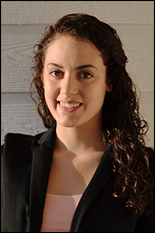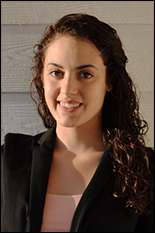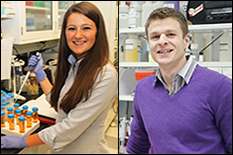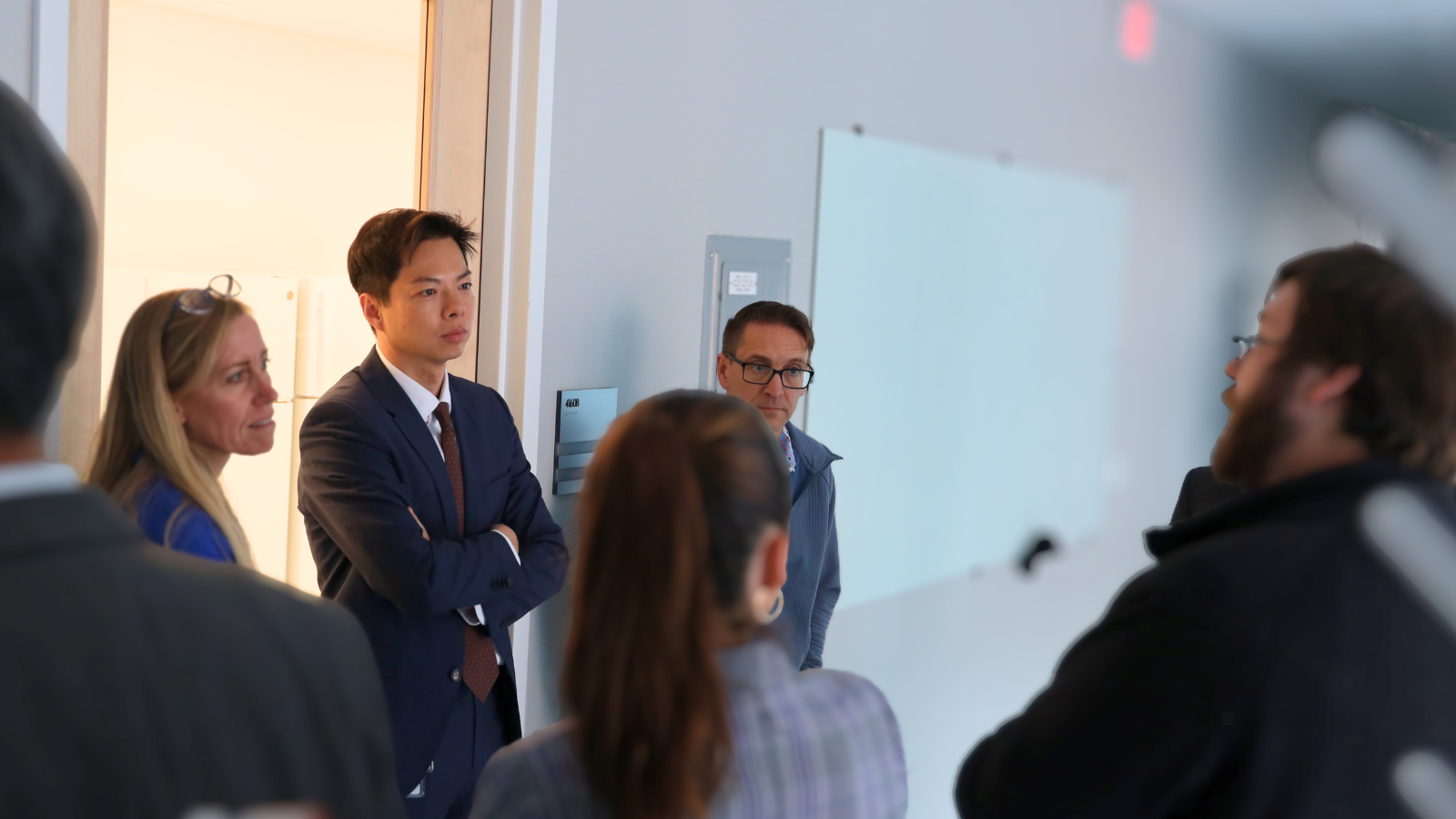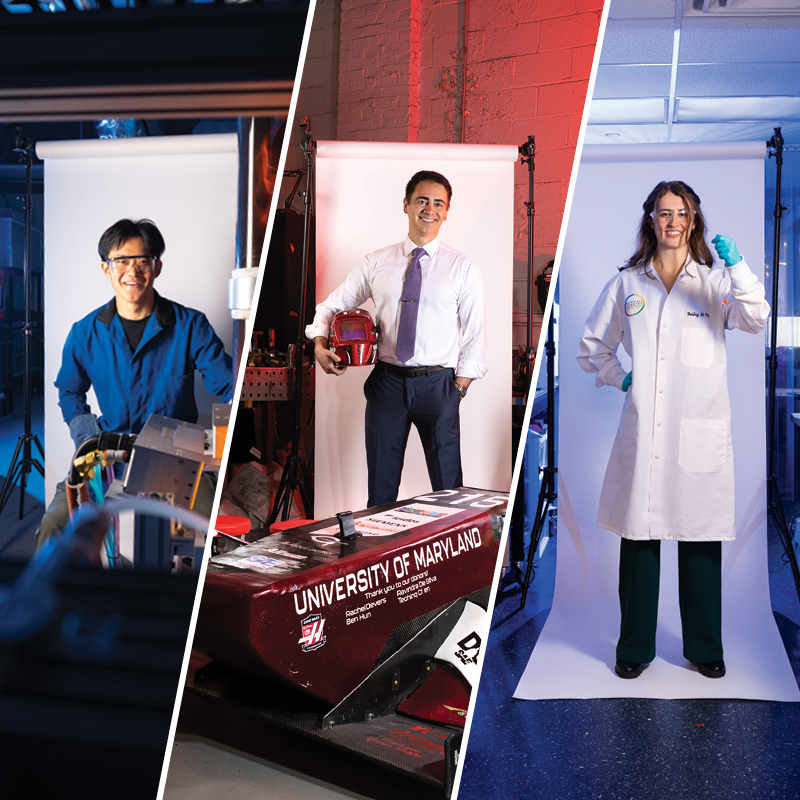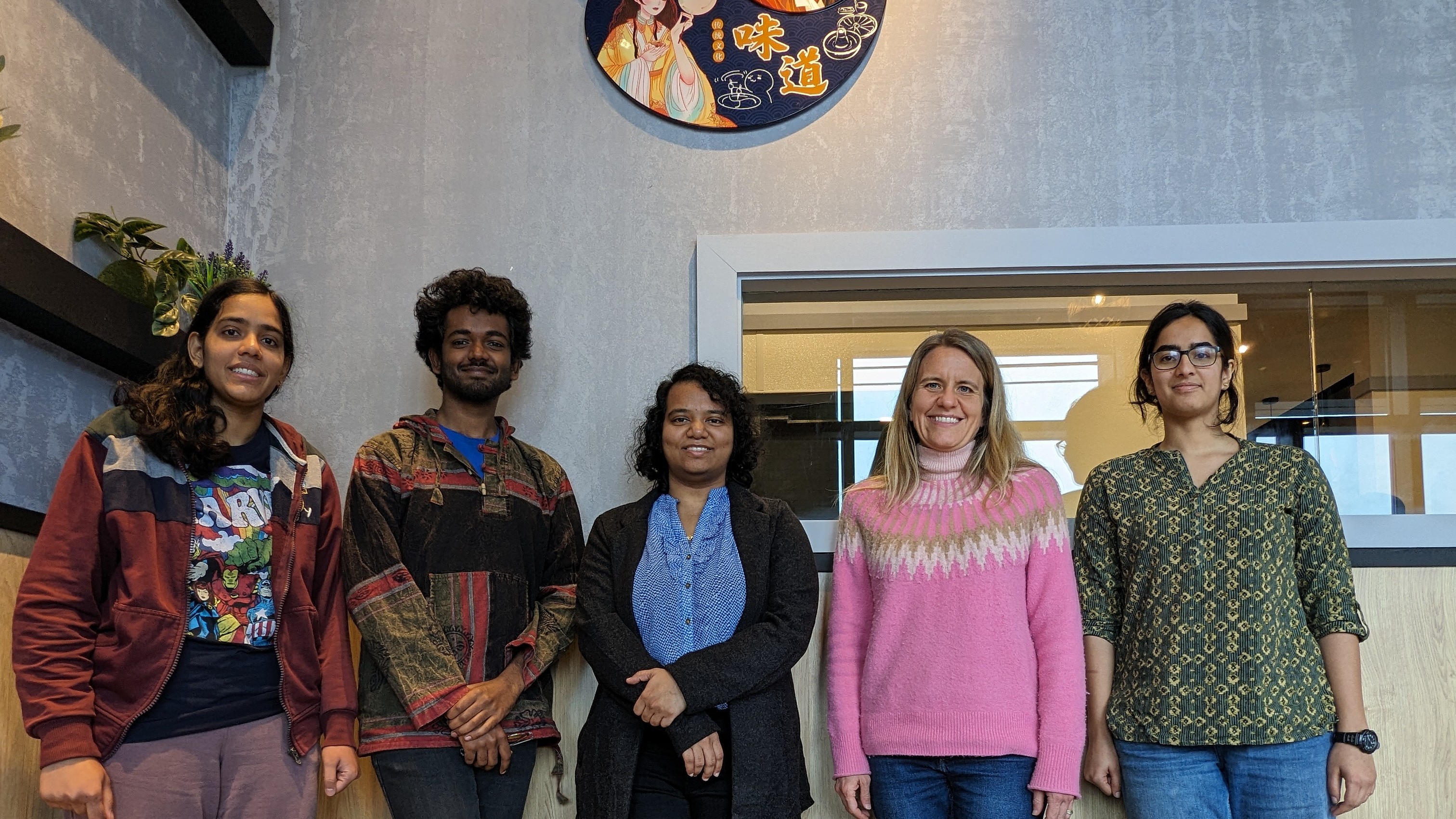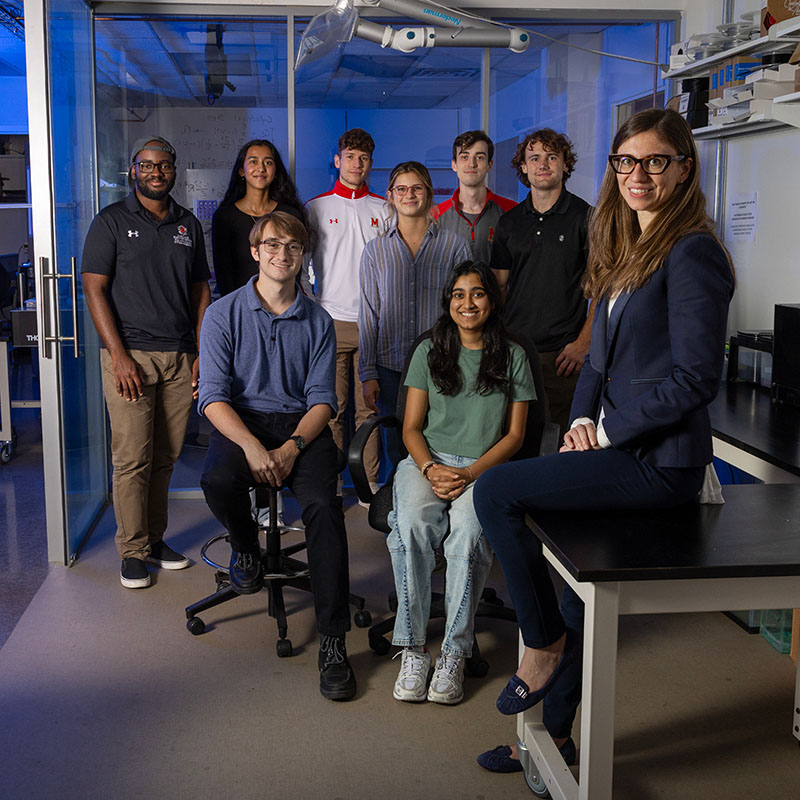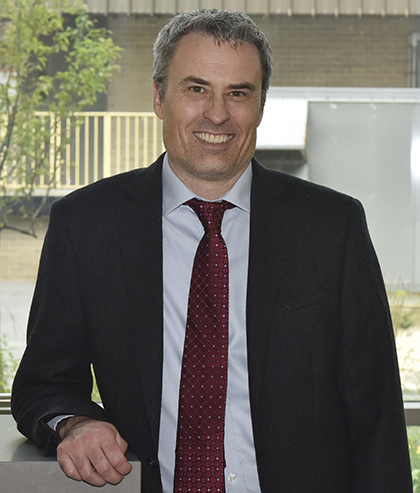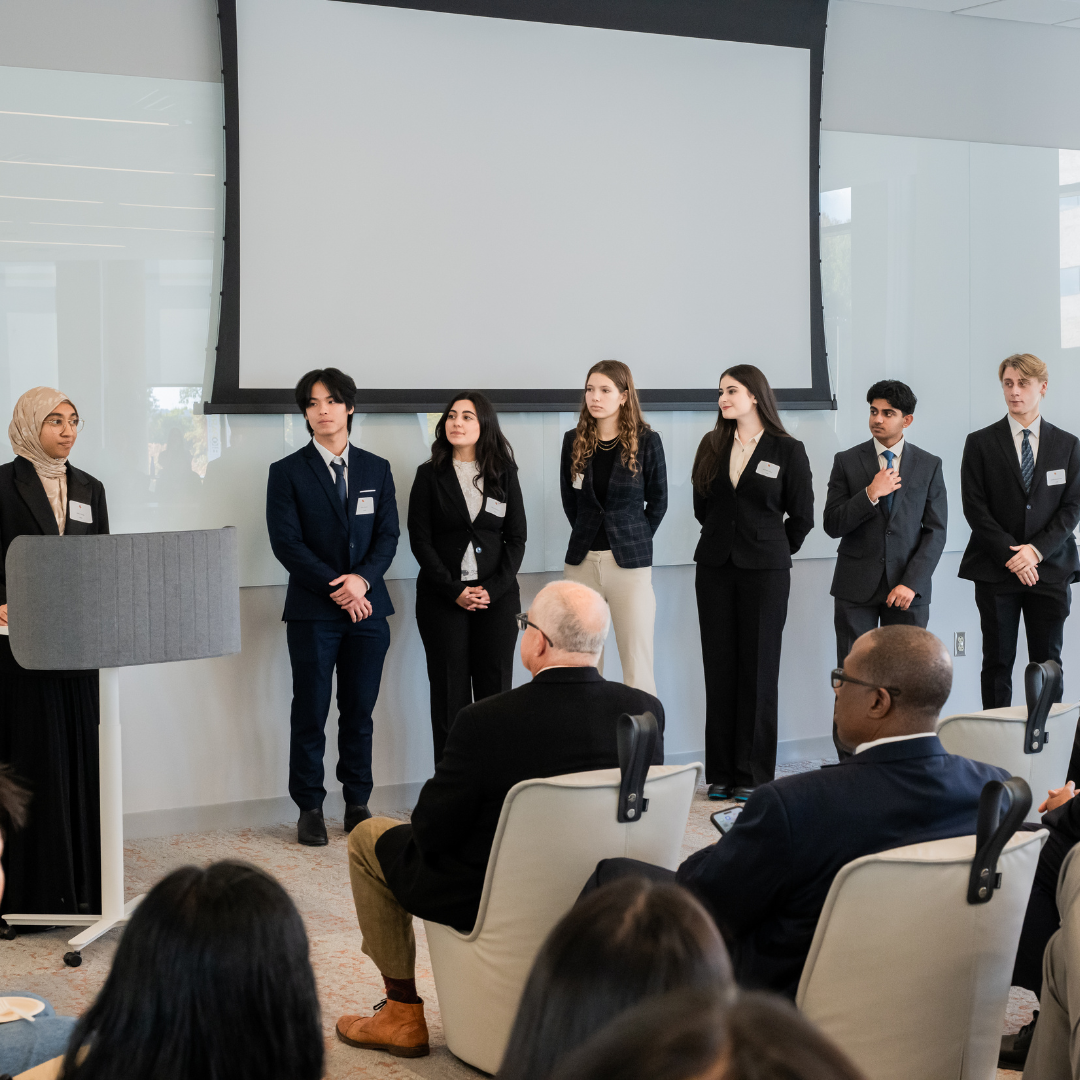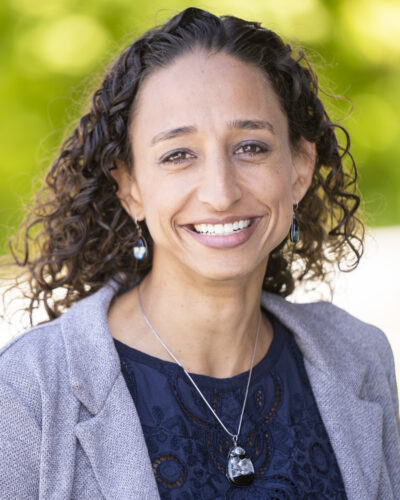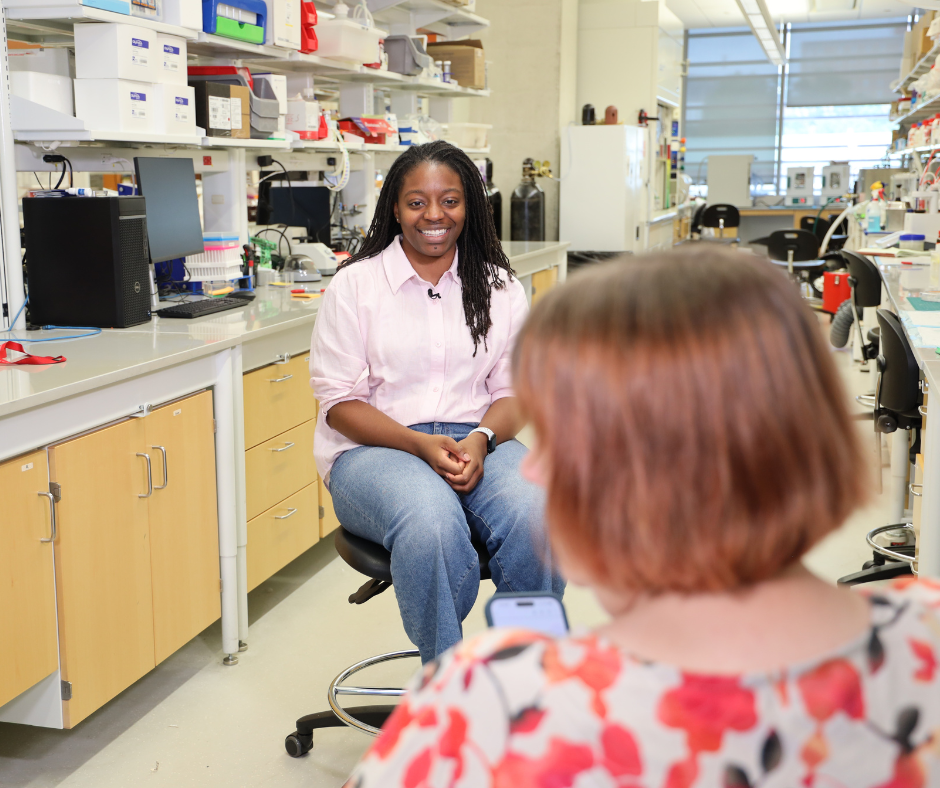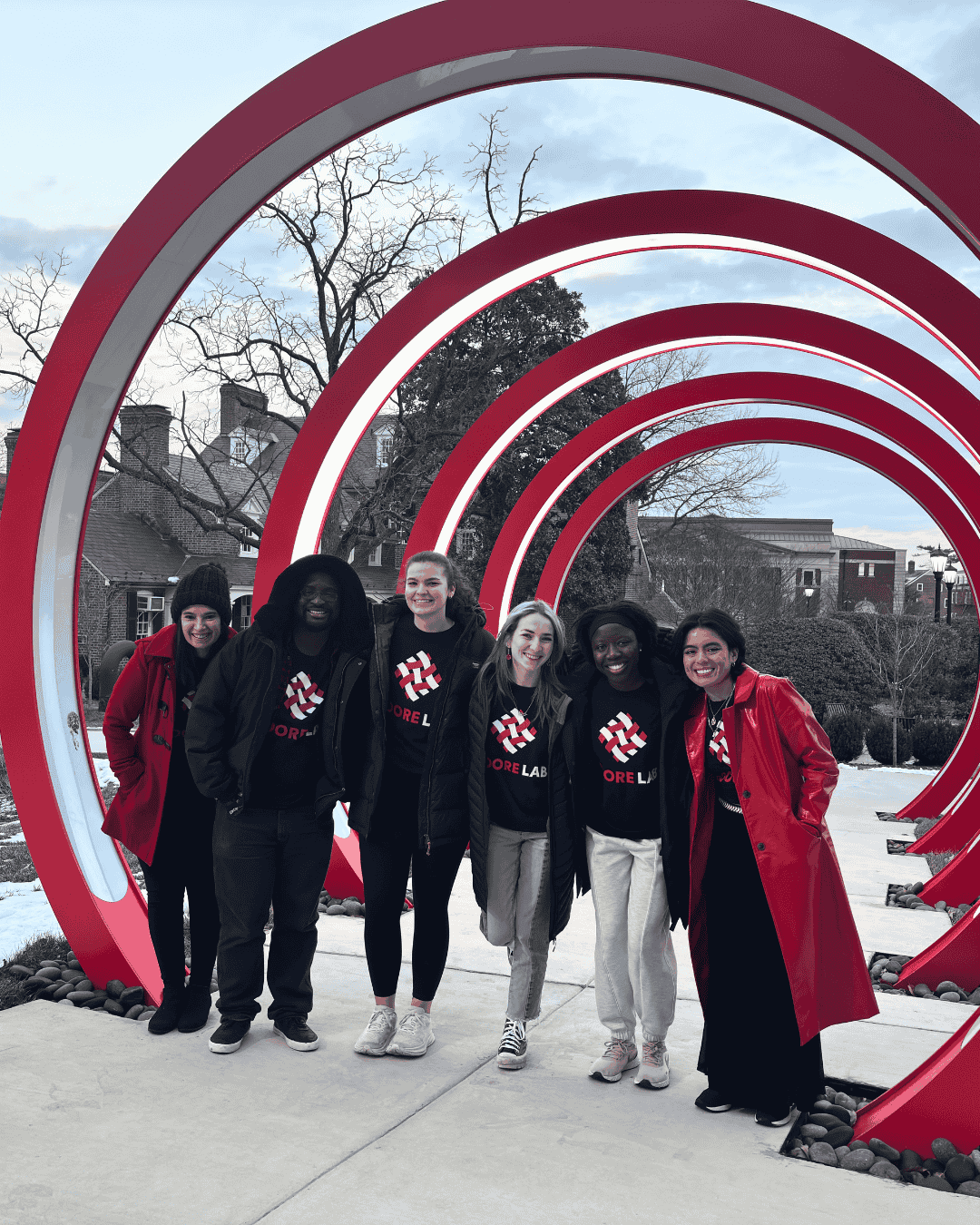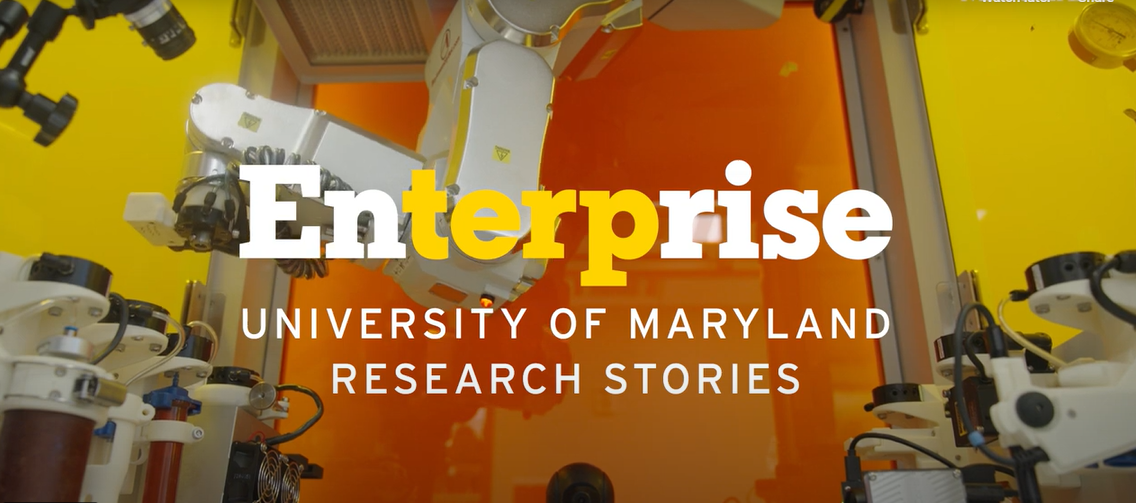News Story
Patel Awarded American Heart Association Predoctoral Fellowship

Fischell Department of Bioengineering (BIOE) graduate student Divya Patel was awarded a two-year, $51,000 Predoctoral Fellowship from the American Heart Association (AHA) in recognition of her work towards developing new treatments for vascular disorders.
Peripheral vascular disease (PVD) refers to diseases of the blood vessels outside the heart and brain. PVD affects as many as 12-20 percent of Americans 65 years of age or older, and often results in a narrowing of vessels that carry blood to the legs, arms, stomach or kidneys. When left untreated, PVD can lead to clogging of the arteries, resulting in heart attack, stroke, or even death.
Knowing this, Patel, a member of BIOE Assistant Professor Steven Jay’s Biotherapeutic Development and Delivery Laboratory, set out to research how the body responds to damage to blood vessels. In particular, she and other members of Dr. Jay’s lab are looking to identify how cells communicate with each other to promote formation of new vessels after injury.
It is well known in bioengineering that cells release small delivery vehicles – extracellular vesicles – that carry necessary cargo to stimulate new blood vessel formation; however, little is known about the factors necessary for this release and the specific cargo loaded in these vesicles.
“Once we have determined all the factors associated with the body's way of healing and remodeling, the goal of [our team's] research is to take advantage of that by applying it to form new treatments for vascular disorders,” Patel said.
Thus far, the team has determined that the factors of the microenvironment that surrounds the cells affects what cargo is loaded in the vesicles.
"We know that the microenvironment changes dramatically upon injury or damage to blood vessels," she said. “And, we think that the cells respond to these changes by releasing vesicles with cargo intended to promote healing."
As such, the team is working to identify and mimic the microenvironment of a damaged vessel in the laboratory to obtain vesicles responsible for inducing new blood vessel formation.
“If we can identify and mimic the microenvironment of damaged blood vessels, we should be able to obtain high throughput production of extracellular vesicles to be used as treatment for wound healing and vascular disorders,” Patel said.
Currently, researchers in the field are investigating treatments of vascular disorders using stem cell transplantation. But, such options carry their own obstacles, such as high costs and regulatory challenges. In contrast, Patel and members of Dr. Jay’s lab are hoping their approach could lead to a novel treatment option that could be mass-produced in a patient-specific manner.
"We’re working to establish extracellular vesicles as a viable option for treating vascular disorders, and we hope to open up avenues for other vesicle-based treatments for a number of other diseases,” Patel said, noting that the team’s work aligns well with AHA’s mission.
"When you get funding from a renowned institution like AHA, it speaks volumes to the work you’re doing,” she said. “It definitely says, for us, that what we’re doing is important and has the capacity to change lives."
Patel holds bachelor’s degrees in Biochemistry and Molecular Biology from the University of Maryland Baltimore County.
“In coming to the University of Maryland to pursue bioengineering, one of the first things I learned was the importance of sharing what I’ve learned, not only with fellow researchers, but also with the general audience,” Patel said. “For a bioengineer, that could mean anything from [sharing your work] with someone in government who is trying to decide whether funding for certain research is important, to communicating with clinicians so they can see how important it is that we have these innovations that could lead to healthier lives.”
Published December 12, 2016

